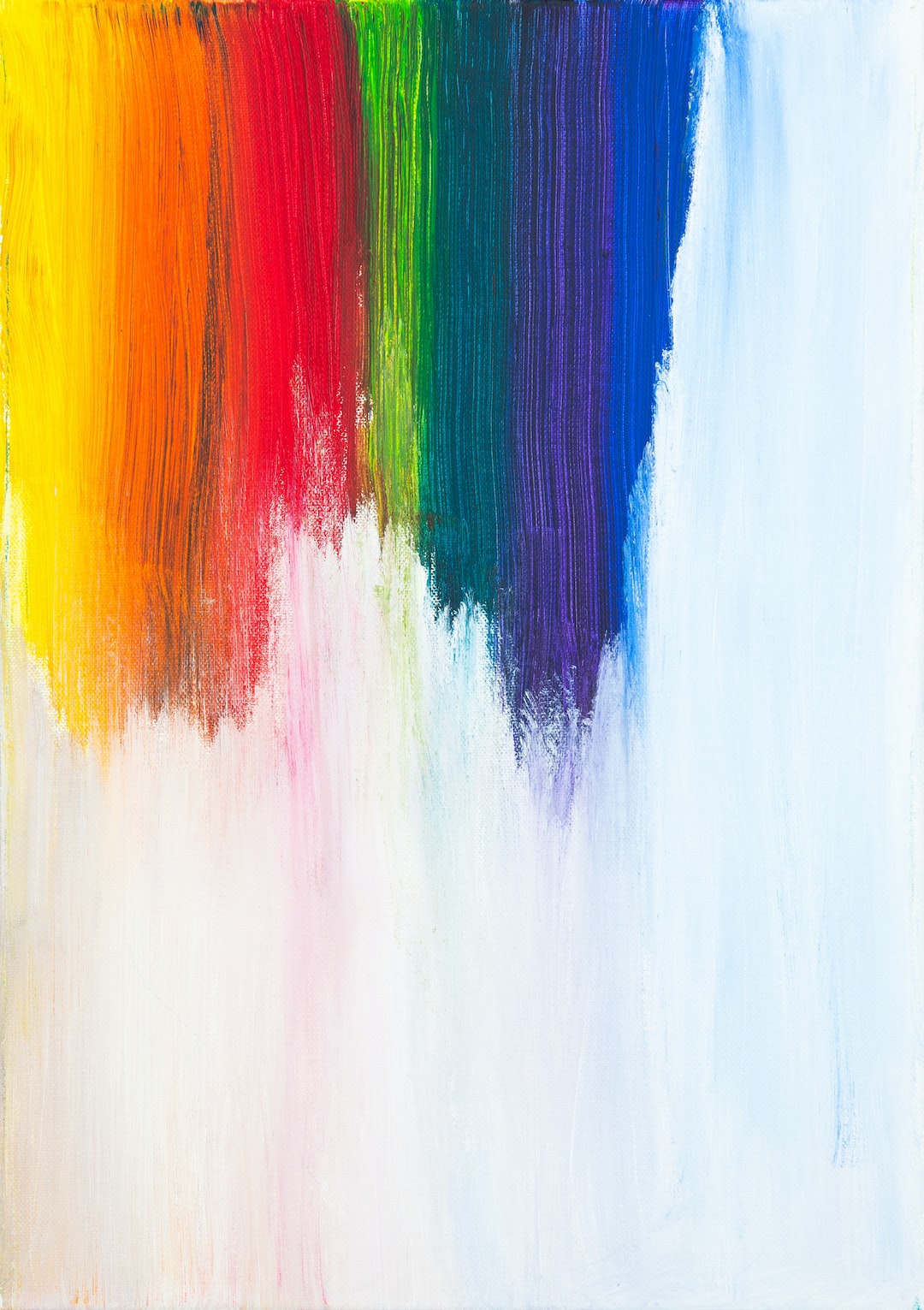Creating visually-accessible user interfaces is essential for ensuring that people with disabilities can access digital content with ease. By adhering to certain best practices, designers and developers can create interfaces that are inclusive and user-friendly for all users, regardless of their abilities.
Here are some best practices for creating visually-accessible user interfaces:
1. Use high contrast colors: Choosing high contrast colors makes it easier for users with visual impairments to see and discern content on the screen. Be sure to use colors that have a contrast ratio of at least 4.5:1 to ensure that everyone can see and understand the content.
2. Use clear and simple typography: Make sure the text on the screen is easy to read by sticking to clear and simple fonts. Avoid using cursive, decorative, or elaborate fonts that can be difficult to read, especially for users with visual impairments. Use a font size of at least 14 pixels to ensure it is readable by everyone.
3. Provide alt text for images: Provide descriptive and meaningful alt text for images, so that users with visual impairments can understand the content of the image. This will also help search engines to understand and categorize your content.
4. Avoid using color alone to convey meaning: Avoid using colors alone to communicate information, as colorblind users may not be able to differentiate the colors. Use textual or symbolic indicators to convey meaning along with the color for better accessibility.
5. Provide proper labeling for forms and fields: Use descriptive labels for form fields so that users with cognitive disabilities can understand the purpose of the field. Avoid using unnecessary jargon or technical terms and use clear and simple language.
6. Make sure the interface is keyboard-accessible: Ensure that the interface can be navigated entirely with a keyboard. This is essential for users with motor disabilities or users who cannot use a mouse. Make sure your website or application can be navigated in a logical order and provides clear visual indication for keyboard-only users.
7. Ensure proper color usage for graphs and charts: In charts and graphs, use multiple ways to convey data, including color, texture, and font style, to ensure that users with colorblindness are not left out.
8. Use captions for videos and audio content: Provide transcripts or captions for audio and video content, which can be especially helpful for users who are deaf or hard of hearing.
By incorporating these best practices into the design and development process, designers and developers can create visually-accessible user interfaces that provide a delightful user experience for all users. These considerations will ensure that the user interface meets the needs of people with different abilities, including those with visual, motor, and cognitive disabilities.
In conclusion, creating visually-accessible user interfaces is essential for ensuring that everyone can access digital content with ease. By adhering to these best practices, designers and developers can create user-friendly interfaces and promote inclusivity and accessibility in digital experiences.

